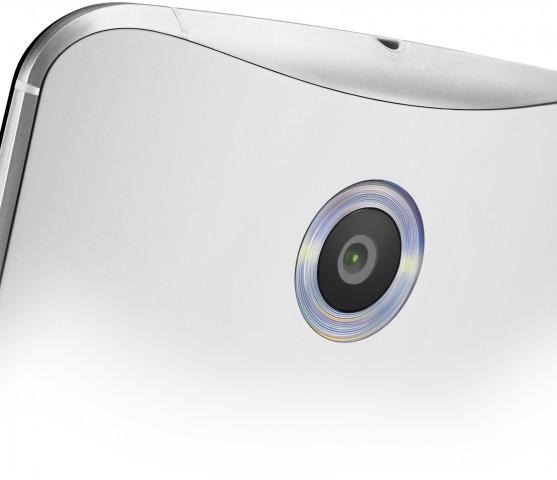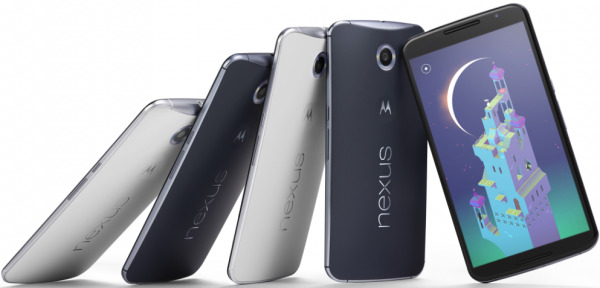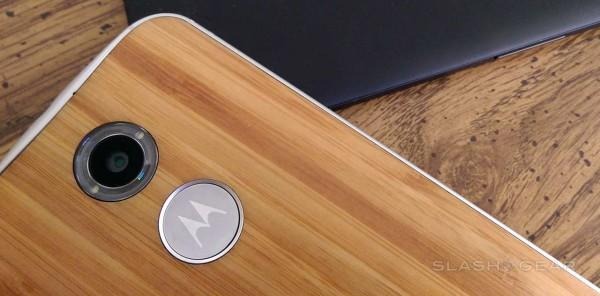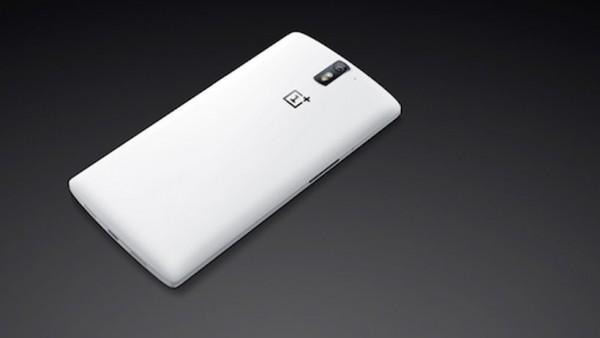Nexus 6: Big For Carriers, OnePlus, And Motorola
Nexus 6 might be the phone you're looking for this Fall and Winter, with it's big screen and top-end spec sheet. Even if you're a fan of Nexus (I am) and are in the market for a new phone, there's one important aspect of the newest Nexus that will make you think twice about swarming the Play Store October 29 to snap one up. At $649, the Nexus 6 is the most expensive starting price for a Nexus phone ever.
Let's remember what the Nexus lineup was supposed to be. The genesis (even the nexus!) of the Nexus line was a bit of a middle finger to the rest of the industry. Similarly specced to other flagships, it broke the pricing mold in a big way, and bypassed carrier locks. For a few hundred less than other phones, you would get something almost as good, and totally unlocked.
At $649, the Nexus 6 gets well away from that. For two years, LG was willing to take their $649 device and alter it slightly for Google to appease our Nexus wants. Motorola's effort is an odd role reversal. The Nexus 6 is essentially a big Moto X. Though a slight upgrade in comparison to the Moto X, we all expected the Nexus 6 to keep with its lineage of lower pricing; a lineage the Moto X shares.

To wit, Google could have also taken the Moto X, upgraded it a bit, and kept the pricing low. They chose not to do that, instead offering this larger version. We've heard this Nexus 6 is the byproduct of a defunct big-Moto-X phone, but that's not the point. Google chose this pricing/sizing scheme for Nexus, and it's a very different approach.
Now that Google is bringing the Moto X in-line with "normal" flagship pricing, we're left to wonder why. If nothing else, we'll speculate that it's to please carriers, who will be able to extract a bit of revenue from device sales. The Nexus 6 also brings Google's Nexus lineup back to Verizon, which is a pretty important fact itself, but hints that Google is playing ball with carriers this time around, and not snubbing their nose as they have previously.

Even with a bit more clarity in how device cost is broken down, the Nexus lineup of years past was a break-even proposition for OEMs, but a way to sidle up with Google. Without a way to monetize the device, it's entirely possible carriers had no interest in a Nexus handset. With a price that falls in line with other devices, those concerns go away for Verizon and AT&T, the two biggest carriers — and the only ones that haven't been officially carrying the Nexus lines.
What's done is done; the Nexus 6 is $649 to start, so take it or leave it. If you do leave it, but still want an "appropriately" priced smartphone, you have options.

The Moto X will run you right around $500, and the OnePlus One gets a good $200 lower (for the base model). Each offer some pretty impressive specs, and both forgo the big price tag other OEMs (and now Google) assign their devices.
Both are closer to stock than other Android flagships, so if that's what you want — check them out. OnePlus offers a Cyanogen build, but that's much closer to stock Android than some OEM skins (looking at you, Samsung).

Nexus 6 broke the mold, and in its wake, contenders are waiting to assume the bargain throne. Even if nobody else moves in to fill the void, both the Moto X and OnePlus One deserve your attention, now more than ever.
